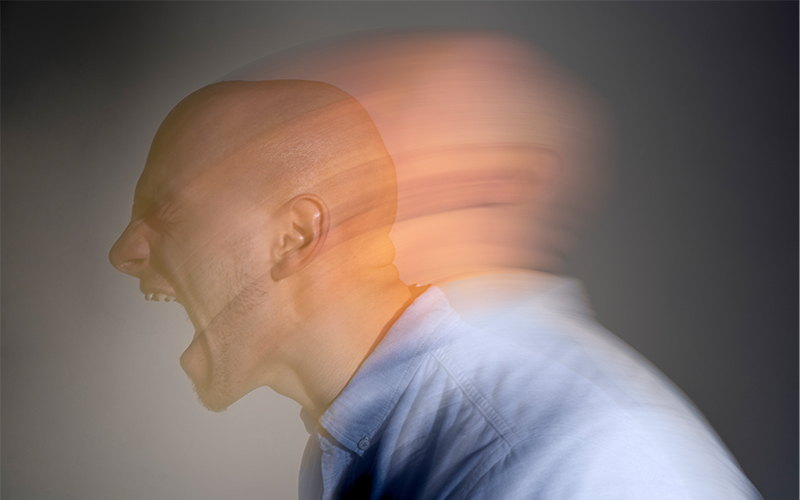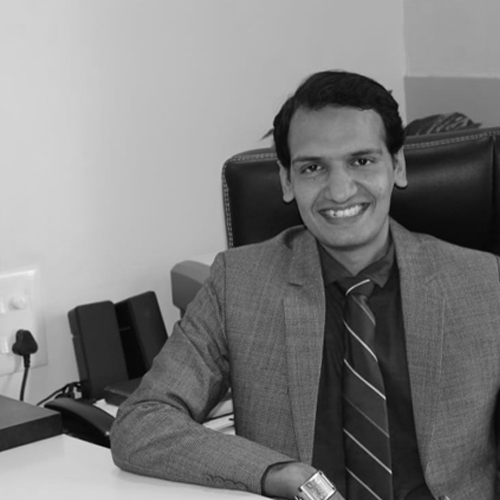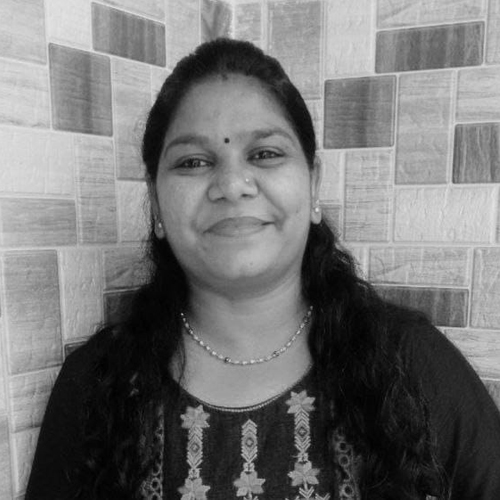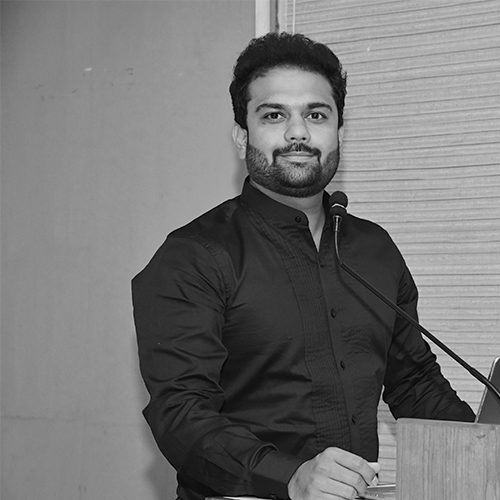Understanding the Silent Pain

Teen Self-Harm: Understanding and Support
Self-harm among teenage population is a complex and often misinterpreted issue that demands both attention and understanding. This self-destructive behaviour is becoming increasingly common among teens with reported prevalence rates varying from 21.7% - 33.8% in India. It poses a significant risk to mental health and overall well-being. Therefore, understanding and identifying indicators of self-harm is essential for fostering a supportive environment.
What is it?
Self-harm refers to young individuals intentionally injuring themselves. It encompasses various actions, ranging from carving, scratching, and pulling skin or hair to more severe behaviours like burning, cutting, biting, and even consuming harmful substances, which can be extremely dangerous and potentially life-threatening. It often stems from underlying emotional distress, including depression, anxiety, trauma, bullying, or feelings of inadequacy.
Potential triggers
Indian teens may face unique environmental stressors related to educational competitiveness, societal expectations, family pressures, and transitioning into adulthood, which can significantly impact their mental health. These stressors, coupled with cultural norms and the stigma surrounding mental health issues, create an environment where teenagers may struggle silently with their emotions, leading to self-harming behaviours. Additionally, the pressure to excel academically, conform to societal standards, and meet family expectations contributes to emotional strain, making them vulnerable to using self-harm as a coping mechanism. Moreover, influence from peers and exposure to social media content that glorifies or normalizes self-harm behaviours can contribute to their adoption of such behaviours. Thus, understanding these complex triggers is crucial in providing support and tailored interventions for teens navigating the challenges of self-harm in India.
Look out for signs
- Physical Signs: Keep an eye out for unexplained cuts, bruises, burns, or scars, especially in concealed areas. Wearing long sleeves in warm weather might also be an attempt to hide injuries.
- Emotional and Behavioural Changes: Look for sudden mood swings, withdrawal from social activities, secrecy about their activities or emotions, irritability, or expressions of hopelessness.
- Changes in Daily Habits: Changes in eating or sleeping patterns, neglecting personal hygiene, and a decline in academic performance might signal distress.
- Expressions of Despair or Self-Blame: Teens might express feelings of worthlessness, talk about feeling hopeless or trapped, or express self-blame for their problems.
Addressing self-harm
- Open Communication: Encouraging open and non-judgmental communication is vital. Parents, teachers, and peers should create a safe space where teens feel comfortable discussing their emotions and seeking help without fear of criticism or judgment.
- Counselling and Therapy: Accessible and culturally sensitive counselling services, including therapies like Cognitive Behavioural Therapy (CBT), play a pivotal role in providing support and addressing the underlying issues contributing to self-harm.
- Community Support Networks: Creating safe spaces within schools, communities, and online platforms that encourage open dialogue, peer support, and sharing experiences can help in breaking the silence and fostering a supportive environment.
- Having a safety net: Some people find it extremely beneficial to devise a plan that they may follow when the impulse to self-harm is really strong. This can contain anything you believe would be useful, but it usually includes suggestions for how to divert yourself, who you can talk to, and what else you can do to keep yourself safe.
Recognizing self-harming behaviour in Indian teenagers requires a vigilant and compassionate approach. By being attentive to signs, fostering open communication, and seeking professional support, we can create a supportive environment that aids in the well-being and recovery of adolescents dealing with self-harm issues in India. Together, through understanding and timely intervention, we can help teens navigate through their challenges towards a healthier and happier future.








